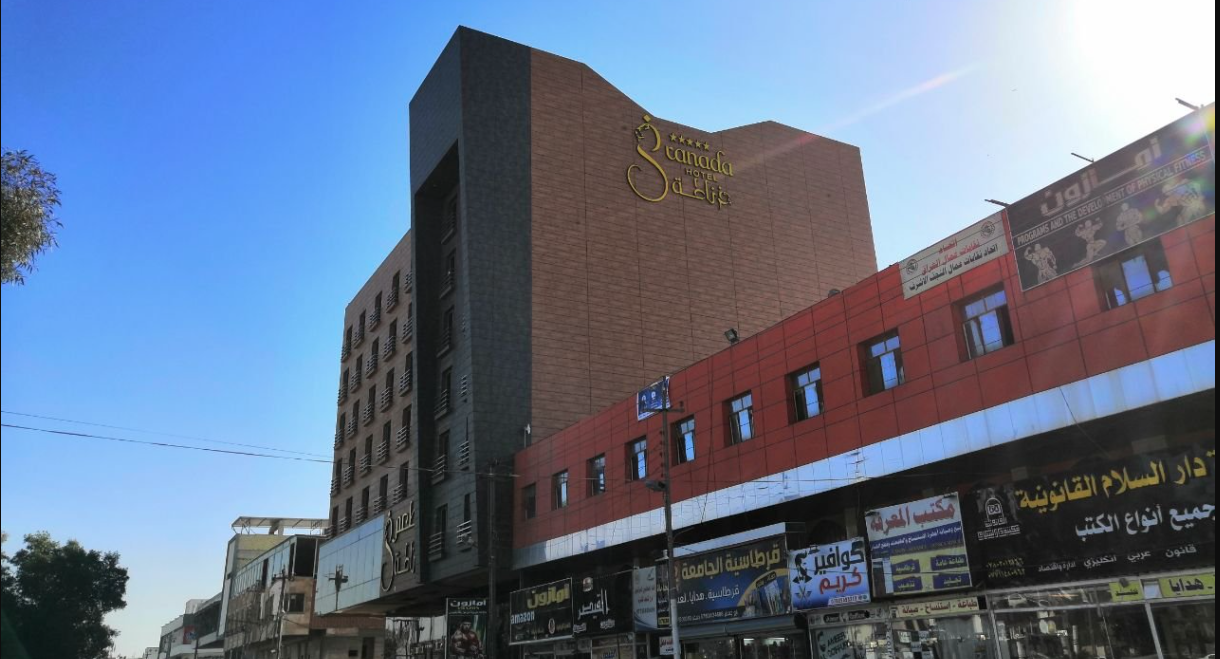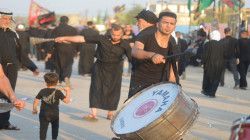Tehran sanctions cause "destruction" to tourism sector in Karbala and Najaf

Shafaq News/ Saib Abu Ghneim, the head of Najaf Hotels Association, recently voiced concerns about the distressing state of the tourism sector in Karbala and Najaf provinces. He emphasized that the sector has suffered a "devastating" blow, resulting in the dismissal of over 3,000 workers in Najaf alone.
Abu Ghneim highlighted the heavy reliance of religious tourism in these provinces on Iranian visitors, who historically make up 80 percent of the total visitors. However, due to sanctions and the unstable exchange rate in Iran, the costs of visiting these holy sites have become unaffordable for many Iranian visitors. He explained that the significant devaluation of the Iranian currency has dramatically reduced the purchasing power of visitors, making their previous spending inadequate for their current needs.
Moreover, Abu Ghneim noted that the Iraqi government waives taxes and provides free food, transportation, and services during the Arbaeen visit, which sees millions of visitors coming to Iraq at no cost. He also pointed out that 20 percent of visitors are Lebanese, whose economic situation mirrors that of the Iranians. Additionally, Gulf visitors, due to their stronger currencies, have the flexibility to choose their visit times, resulting in a decline of more than 60 percent in foreign tourism.
Domestic tourism faces its own set of challenges, including difficulties in accessing the shrines in Karbala and Najaf by car, extreme weather conditions, and unsafe roads between provinces, particularly those connecting Samawah, Diwaniyah, and Amara. These factors have led to a significant decrease in domestic tourism by up to 60 percent as well.
The adverse impact of these conditions has led to the closure of numerous hotels and the subsequent dismissal of thousands of workers in Najaf's hotel sector. Out of more than 350 hotels in Najaf, approximately 75 have been repurposed into other facilities, indicating a substantial decline in the tourism industry.
Abu Ghneim further explained that while hotels in close proximity to the shrines experience an average occupancy rate of 50 percent, those situated farther away struggle with low and fluctuating occupancy rates, contributing to the overall challenges faced by the sector.





